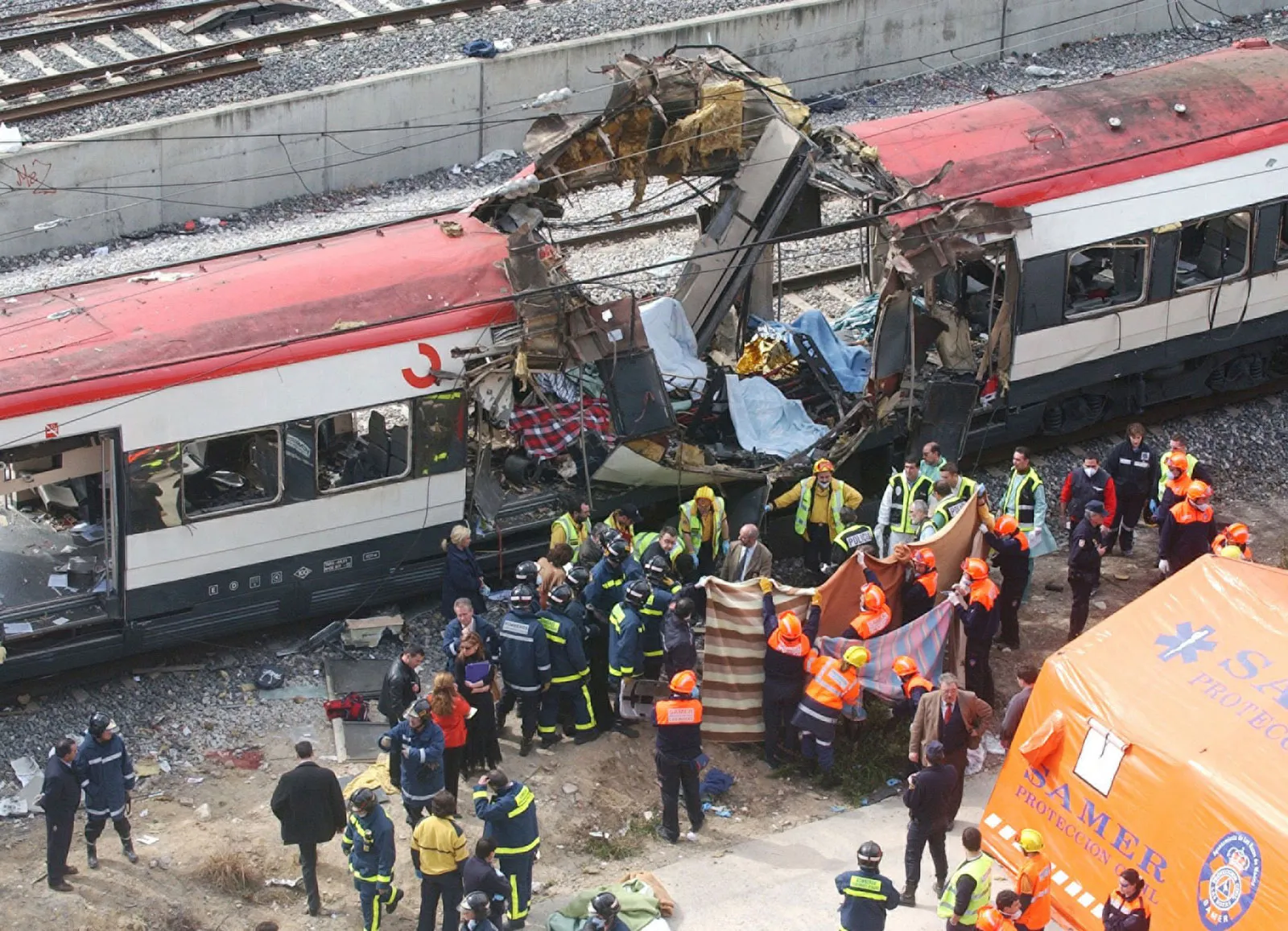The United Nations says at least 100 children have been killed or injured every day in Gaza since the strikes resumed on March 18, even as the United States underscores continued support for Israel.
“Nothing justifies the killing of children,” Philippe Lazzarini, chief of the UN agency for Palestinian refugees (UNRWA), posted on X on Saturday.
He said Israel was turning the besieged territory into a “no land” for children and lamented that “young lives” were being “cut short in a war not of children’s making”.
“This is a stain on our common humanity,” Lazzarini said.
UNICEF said at least 322 children were reported to have been killed since Israel renewed its offensive on March 18, shattering a two-month shaky ceasefire that took effect on January 19.
UNICEF Executive Director Catherine Russell on Monday said the ceasefire had “provided a desperately needed lifeline for Gaza’s children and hope for a path to recovery”.
“But children have again been plunged into a cycle of deadly violence and deprivation,” she said.
Also See: More Than 50,000 Killed In Gaza Since Israel’s Offensive Began
‘Each number representing a life’
Marking the Palestine Children’s Day, observed annually on April 5, the Palestinian Ministry of Education on Saturday said children are among the most targeted victims of Israeli aggression, with more than 17,000 of them killed in Gaza since October 2023.
The “figure reflects the depth of the tragedy children are enduring, with each number representing a life, memories, and experiences lost”, the ministry said.
Palestinian group Hamas also condemned what it said was Israel’s policy of “deliberate killing, detention, and torture of children, as well as the deprivation of their basic human rights”.
It warned that Israel’s “impunity encourages further escalation of crimes against Palestinian children”.
“Approximately 1,100 children have been detained by the Israeli army since October 7, 2023, and about 39,000 others have lost one or both parents due to the violence,” Hamas said in a statement.
The Israeli occupation “continues to target children through systematic crimes, including using them as human shields, depriving them of education, and attempting to sever their national identity in the occupied territories of 1948 through manipulation of curricula, the spread of crime, and the destruction of values”, it added.

Data published in a joint statement by the Palestinian Commission for Detainees Affairs, the Palestinian Prisoners Society, and the Addameer Prisoner Support and Human Rights Association on Saturday said Israel detained 1,200 Palestinian children from the occupied West Bank since October 7, 2023.
The statement said child detainees are subjected to “torture, starvation, medical neglect, and systematic deprivation on a daily basis”.
These conditions recently resulted in the death of the first child prisoner since the beginning of the Gaza war, 17-year-old Walid Ahmad from the town of Silwad, northeast of Ramallah, who was killed at Megiddo Prison in northern Israel, it said.
More than 9,500 Palestinians, including women and over 350 children, are currently held in Israeli prisons under harsh conditions, according to both Palestinian and Israeli human rights reports.
Meanwhile, UNRWA said more than 142,000 Palestinians have been displaced between March 18 and March 23, and warned of another humanitarian catastrophe in Gaza following the collapse of the ceasefire.
“Since the war in Gaza started, around 1.9 million people – including thousands of children – have gone through repeated forced displacement amid bombardment, fear, and loss,” a statement issued by UNRWA on Palestine Children’s Day said.
Israel has killed more than 50,600 Palestinians in Gaza since October 2023, most of them women and children.
The International Criminal Court issued arrest warrants last November for Israeli Prime Minister Benjamin Netanyahu and his former Defense Minister Yoav Gallant for war crimes and crimes against humanity in Gaza. Israel also faces a genocide case at the International Court of Justice for its war on the enclave.
This news is sourced from Al Jazeera and is intended for informational purposes only.

![The UN reports at least 100 children killed or injured daily in Gaza since March 18, highlighting the ongoing crisis. [Image via Anadolu/File]](https://southasiatimes.org/wp-content/uploads/2025/04/AA-20250331-37504015-37504008-ISRAELI_ATTACKS_ON_GAZA_CONTINUE_ON_EIDS_SECOND_DAY-1743457145.webp)




